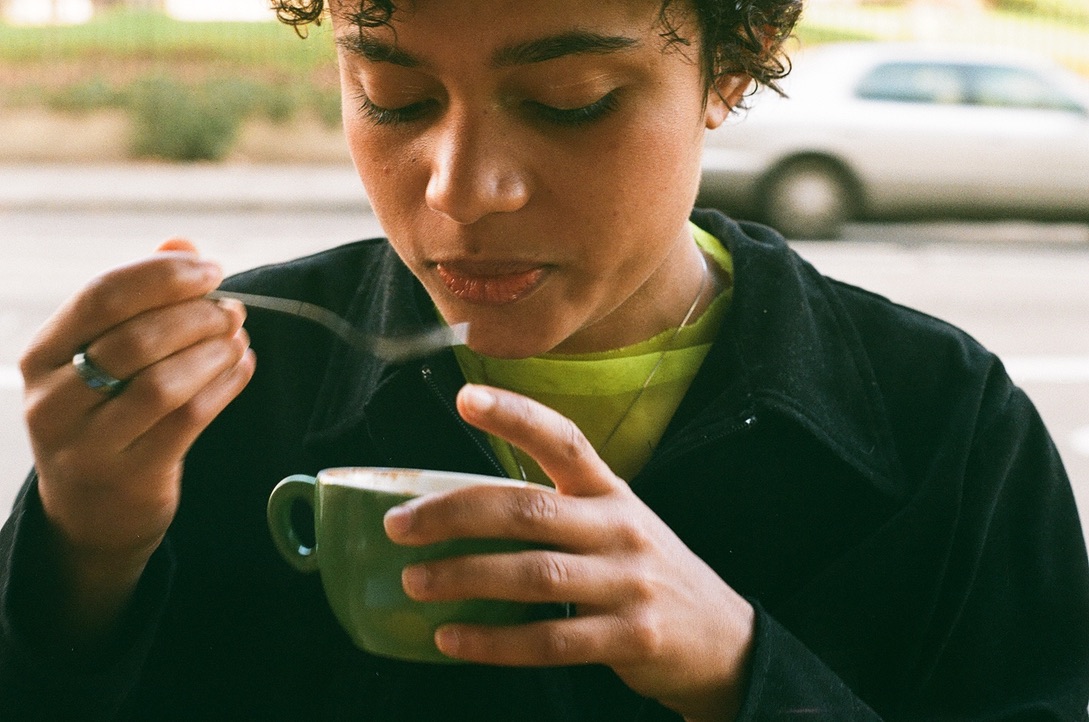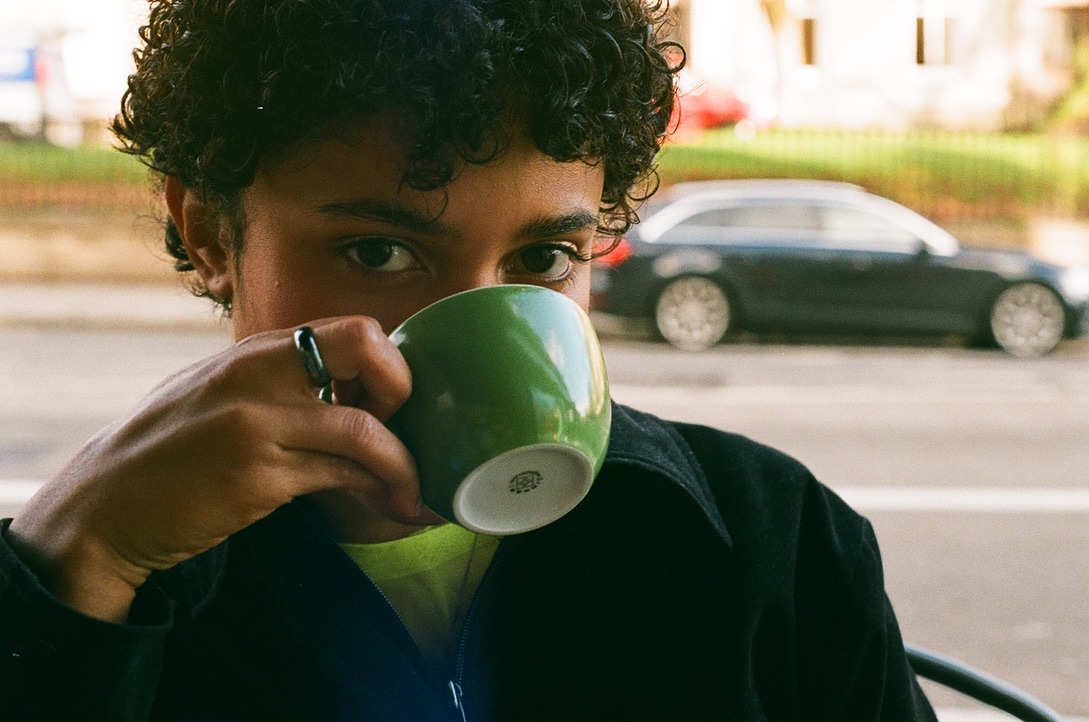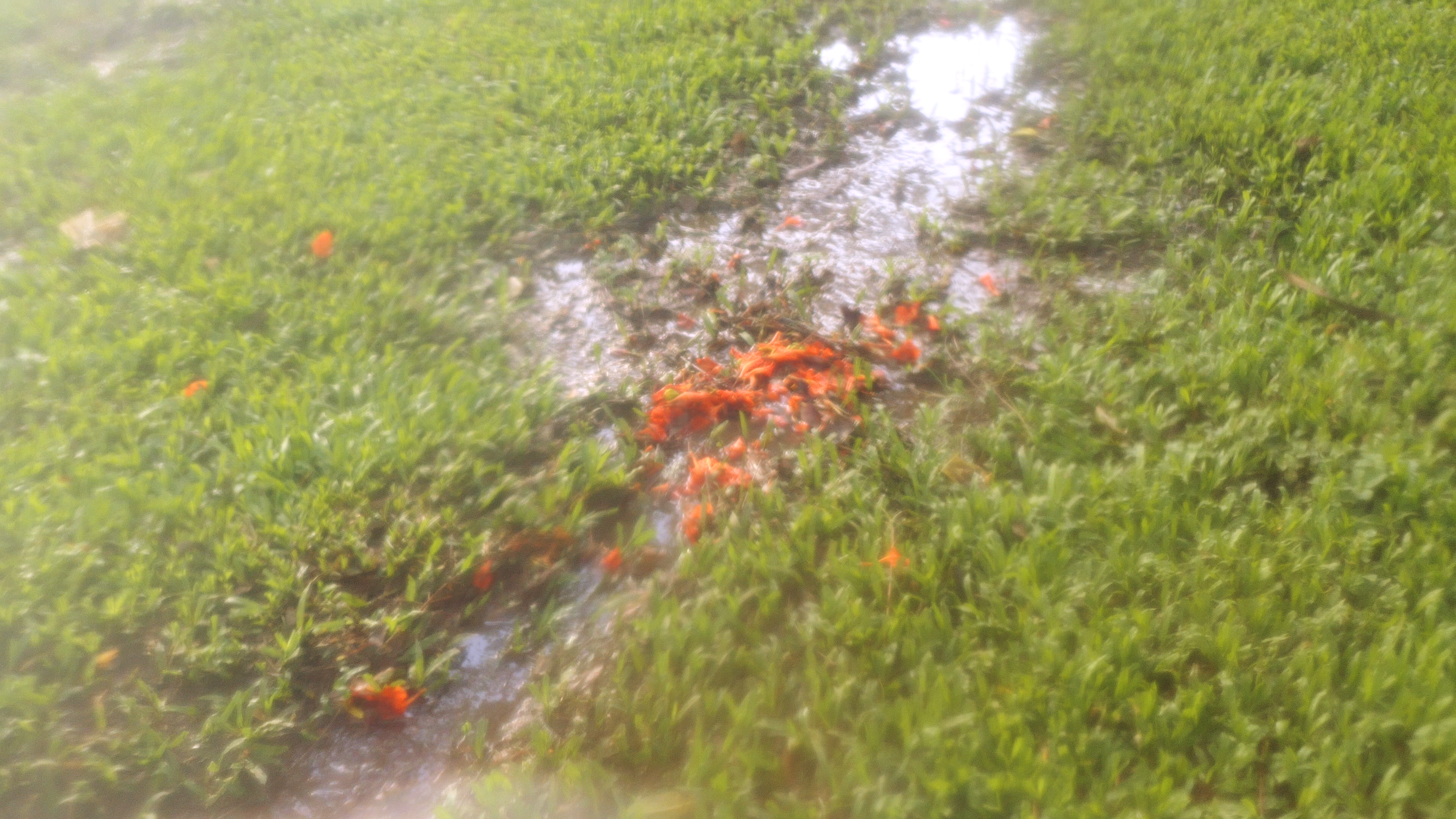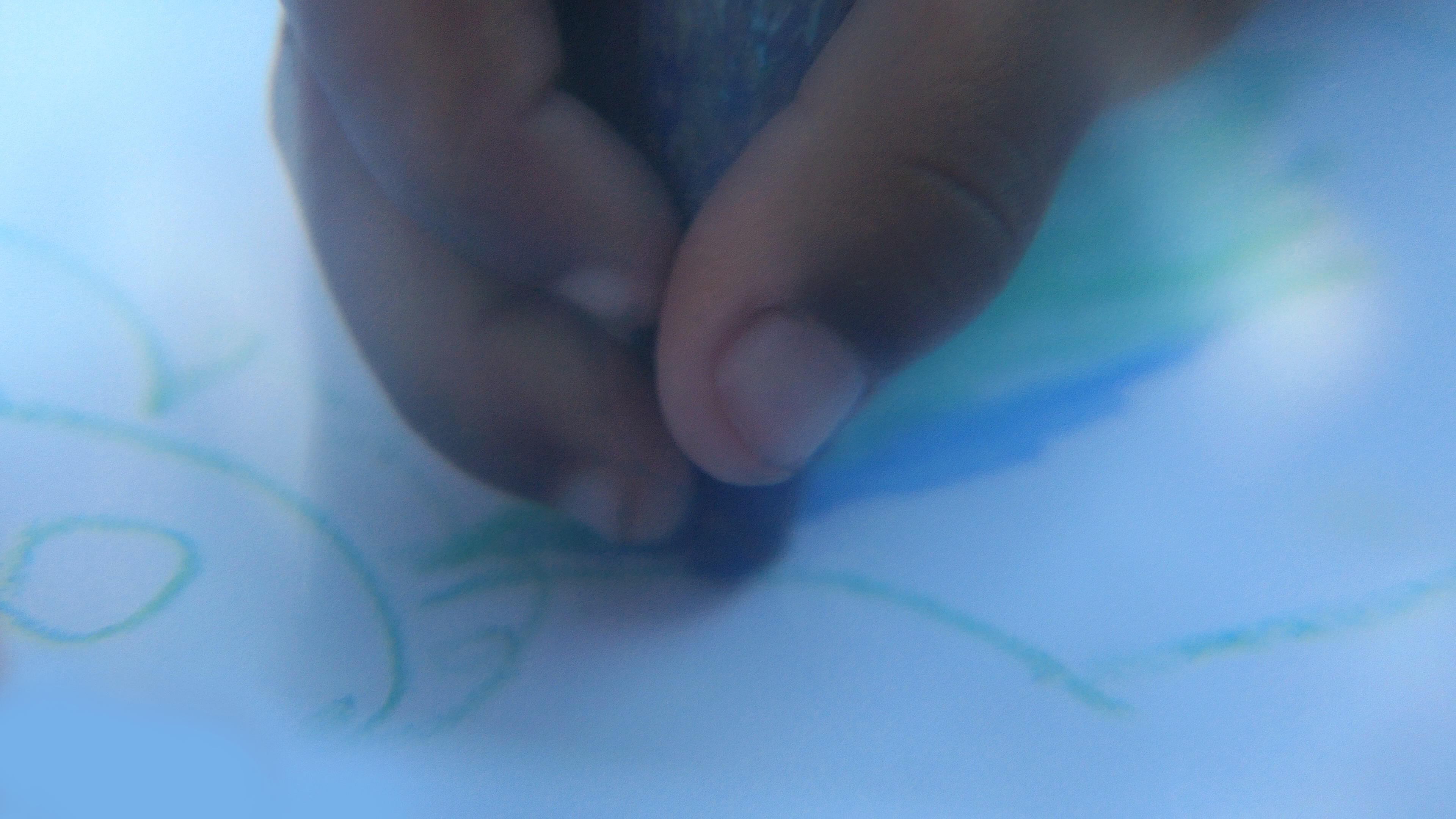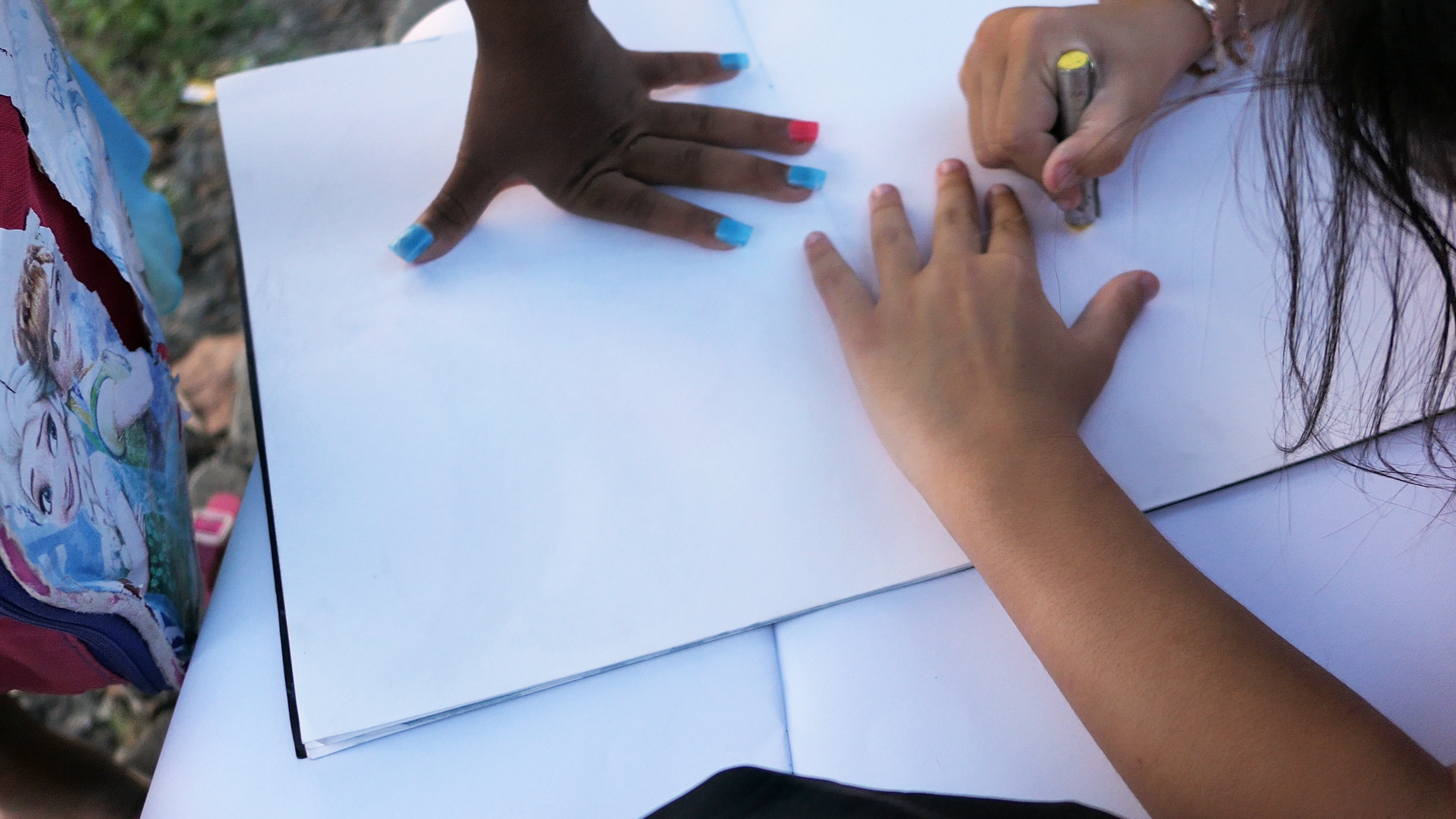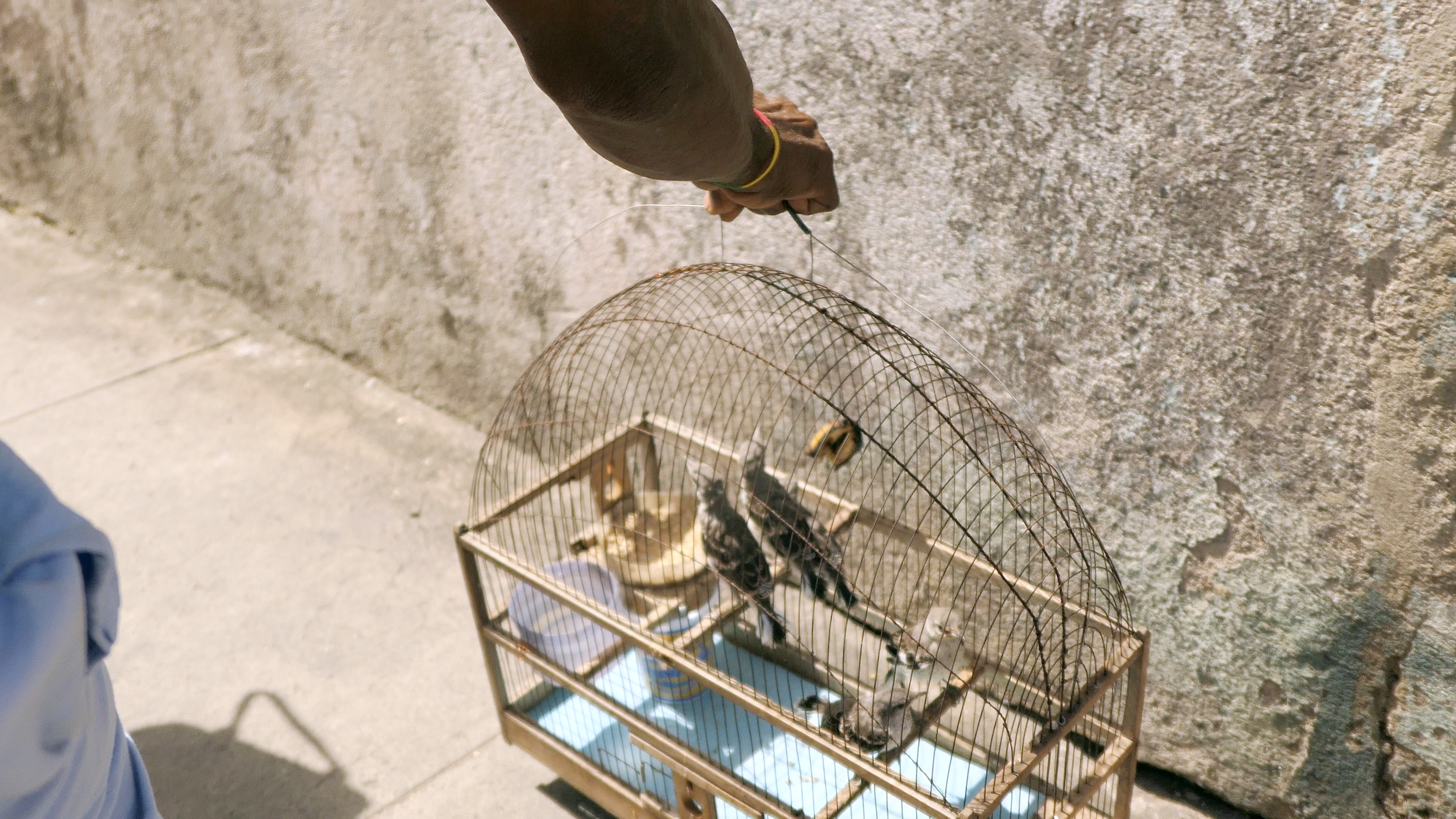[Written by Gabriela Saldanha Blackwood]
[Image Credit: Cuba photos 2018 by Effie Crompton; header and footer by Gabriela Saldanha Blackwood]
On a sunny Glaswegian morning before the dreaded exam season had begun, I met up with Effie Crompton, a third-year communication design student at GSA and fellow North Londoner. Although it was our first time meeting, I had been following her dreamy Instagram (@effiecrompton) for some time. Over coffee at Papercup we discussed the intentions behind her art, the importance of community, and her recent trip to Cuba.
Maybe just start out saying what year you’re in, what your course is, what your practise is…
I’m at Glasgow School of Art (GSA)—in third year. I entered into second year [at GSA] from doing a foundation year at Kingston School of Art. For me it was a really important part of my art school education; it’s quite similar to GSA in a lot of ways. It really instilled a good work ethic in me, and a lot of the things I learnt I apply to my course now. The course I’m on at GSA is Communication Design. It’s broken into three disciplines: graphic design, illustration, and photography. Third year is when you specialise, so I’m specialising in graphics right now. That was a really hard choice—for a lot of people—because a lot of us are multi-disciplinary; that’s what attracted us to the course. For me in the end, as much as I love drawing—I draw a lot—and photography, graphics was a good fit. Out of all three it is the most conceptually driven; there’s a reason for every material and colour that you use. My work is so ideas based and that’s such an important element of it, so it just made sense to take that route.
I can also apply some of the drier things we learn—like layout, and how to make a paragraph look good—to my own work. For me that’s really important. Now I’m getting more into writing and I want to be able to do everything myself.
So, you’re from London and you went to Kingston for a year. I’m assuming you’ve got some friends that went to places like Central Saint Martins, Goldsmiths, Camberwell—I want to get your thoughts on the differences you think there are when comparing Glasgow to London in terms of accessibility, community, and what’s available to young artists.
I’d say actually—even though London is hyped up and there are a lot of great things about it— there isn’t really anything that attracts me to the universities that I looked at there. Personally, leaving London was such a good decision. In London everything does sort of revolve around you—and it’s a bit like being spoilt. Having lived there my whole life, I did have that view that everything was there, and nowhere else could be as good as London. But coming to Glasgow for my interview [for GSA], I just had an immediate feeling that this was a place that I like—the city as well as the school. I think it’s really important—regardless if I go back—that I have gone somewhere else.
People in Glasgow are a lot friendlier and more open. I feel like that creates a better environment for people who have just come here. That sense of welcoming; it’s such an important thing to have. You won’t feel weird if you speak to a stranger, they won’t look at you funny. It’s such a simple thing but to me it’s really important. It makes a huge difference.
In terms of the art school it’s a little bit smaller than some of the art schools in London so you can get to know people better. It’s important for networking or if you want to start something. I’ve just seen so many people I know that get off on a really good foot and do really well with it. London feels a bit lonelier because people are a lot more spread out across the city. Like here I live within 15 mins of all my friends, but there, it could be like an hour train.
At the same time, I can’t really compare that to London because although I went to Kingston I’ve not had the full [London] art school experience, so this just comes from what I know and what I see. I don’t want to be completely negative about it. I just feel that I’m happy I came here. Being happy here shapes my work; think that makes a difference to anyone’s drive.
You describe your work as “constantly changing”—do you think the fluidity of your work and your ability to draw upon different mediums allows you to branch out and develop as an artist? If you just specialised in one thing, like photography, that’s one medium that you train on, but now you’re able to branch out and explore other ways of seeing.
Definitely. That’s really important for me actually because I feel like—firstly—my work is mainly driven by ideas and issues that I’m angry about, or passionate about. The reason I don’t want to ever limit myself to just one medium is because there’s so many ways to communicate what you are trying to say. So maybe a film is appropriate for one message. For example, I made a film last year about loving your dark skin. I thought the best way to make that was as a film and put that on the internet. I think the reason why being multidisciplinary is important is so you can reach who you are trying to reach, or do it in a way that fits your message most comfortably. Another reason doing a film might be important is because you can incorporate music into it in a way that’s really beautiful and suited to your message.
Also, it’s fun! I don’t want to ever limit down. Of course, it’s important to really get into something and learn it well, but I think to just have an open mind when going into projects at this stage is really important.
Do you think you are ever—or even—able to separate yourself from your work because of your identity as a woman of colour? Or do you think it’s ever necessary to try and detach yourself?
I don’t think I am ever able to fully detach myself from my work because when we get a project brief it always becomes personal. Usually our starting points are quite broad and you can take it down whatever route you want. Personally, I’m going to choose something that fascinates me, or frustrates me, or intrigues me.
There’s some really personal work I’ve made about my identity and my background. About being of mixed heritage kind of not knowing where I belong. In a way, the more specific you get and the more personal you get the better you can reach people. I did a piece one year for Rapport Festival which happens in Brixton every June; I had this space and I called it “The Hiding Place”, and it was just a space to hide from everything, like: “Oh my god; am I black or am I white? Let’s hide”. Lots of people came to that and had amazing conversations. This woman came in and she was like “I’m half Korean, half African American—I don’t fit into either”. Just by opening yourself up—being specific rather than vague—people can see themselves in that. You can get really personal and still reach a lot of people. I think it’s a beautiful thing to celebrate everyone’s different story or outlook—you don’t have to cover that up.
Then again, not all of my work is that personal and that exposing. You might make something that is nothing to do with you and that’s fine as well.
Do you think your art feeds your interest in politics, or was it politics that made you try and find a medium to express what you wanted to say?
I’ve always been a visual person since I can remember, and I’ve always found great excitement and enjoyment in making. I love sitting on a hill and drawing, just things like that. I just get basic enjoyment out of making art. At the same time, I find the most pleasure when I can use that to deliver a message. Why I think that [art and politics] is such an exciting combination is because—to an extent—we are all quite visual people. That’s why advertisements are bright colours and why we’re plastered with images all the time on our Instagram explore page. If you can get someone engaged in a topic buy present it in an exciting, beautiful way, that’s such a great fusion because you’ve captured someone’s attention, but you’ve also made something that’s visually enjoyable. So for me they do bounce off one another. Sometimes I’ll just draw and go to the highlands and make little postcards—but at the same time I just can’t separate the politics from my projects; I can’t do it, I tried it, and it always gets political. A year or so ago I did a project on the colour red—of course it went to communism. For me that’s just exciting and I want to be able to help people, and if I can do it through this I’ll be so happy.
Are there any recent political events that ignited something in your work?
I think it’s a bit more thematic for me. A lot of it is about representation—a lot of my work is because I’m just so frustrated. Especially with the default skin colour in peoples’ drawings. People are always presented as white. No one thinks: “Could this be a brown person?”. I feel like even if I have a piece that doesn’t have a specific message, I’m going to make sure that’s in there. Things like that. And that again draws on my own experience of growing up and not seeing myself as beautiful because I didn’t properly see myself represented. When the beautiful thing to be was Avril Lavigne—white, skinny, blue eyes; and a lot of my family were blonde, blue-eyed people—and I wasn’t. Just things like that because I know that is what so many people go through and it might not just be for their skin colour; it might be for different things. That’s drawing from my own experience. Wanting it not to happen for other people.
Who would you cite as your main influences?
Usually the main inspiration I get is from—before any individual person or artist—just culture. I think that’s what excites me the most. I’m actually from quite an international family. My dad is Afro-Caribbean (Guyanese) but in that he’s also East Indian-Hindi, indigenous South American, Chinese, Portuguese—a whole mix of things. I find a little bit of excitement like: “Oh! That could be a little bit attached to me”, in a bit of an indulgent way—but also like how is this so underrepresented? Why are we only shown Greek statues? Especially with a lot of design we are learning about at the moment our tutors will be like: “In the mid 1900s they started doing a-symmetrical graphic design but actually, in Japan, they’d done it a thousand years before”. Things like that are so typical of what we are presented with. I feel like we owe these cultures so much more. Islamic art did graphic design before graphic design was “graphic design”; presenting the figures as patterns rather than literally. Just things like that. That’s what excites me.
In terms of people, none in particular are coming to mind. I know there’s loads. I do feel quite saturated with things online. It’s one of the things I love about Instagram—everyone’s going to say it, but it’s so nice to keep tabs on people that way. But what’s really bad is if I find artists and they don’t have Instagram I forget about them because I can’t follow them. One artist I really like is Richard Long. He did lots of amazing landscape art and just arranged rocks in really pretty ways. There’s definitely more… Yayoi Kusama… there’s a lot of people, a lot of amazing people. You soak it all in. I just can’t think of them right now. But before all that it’s just library books about Tibet, something like that.
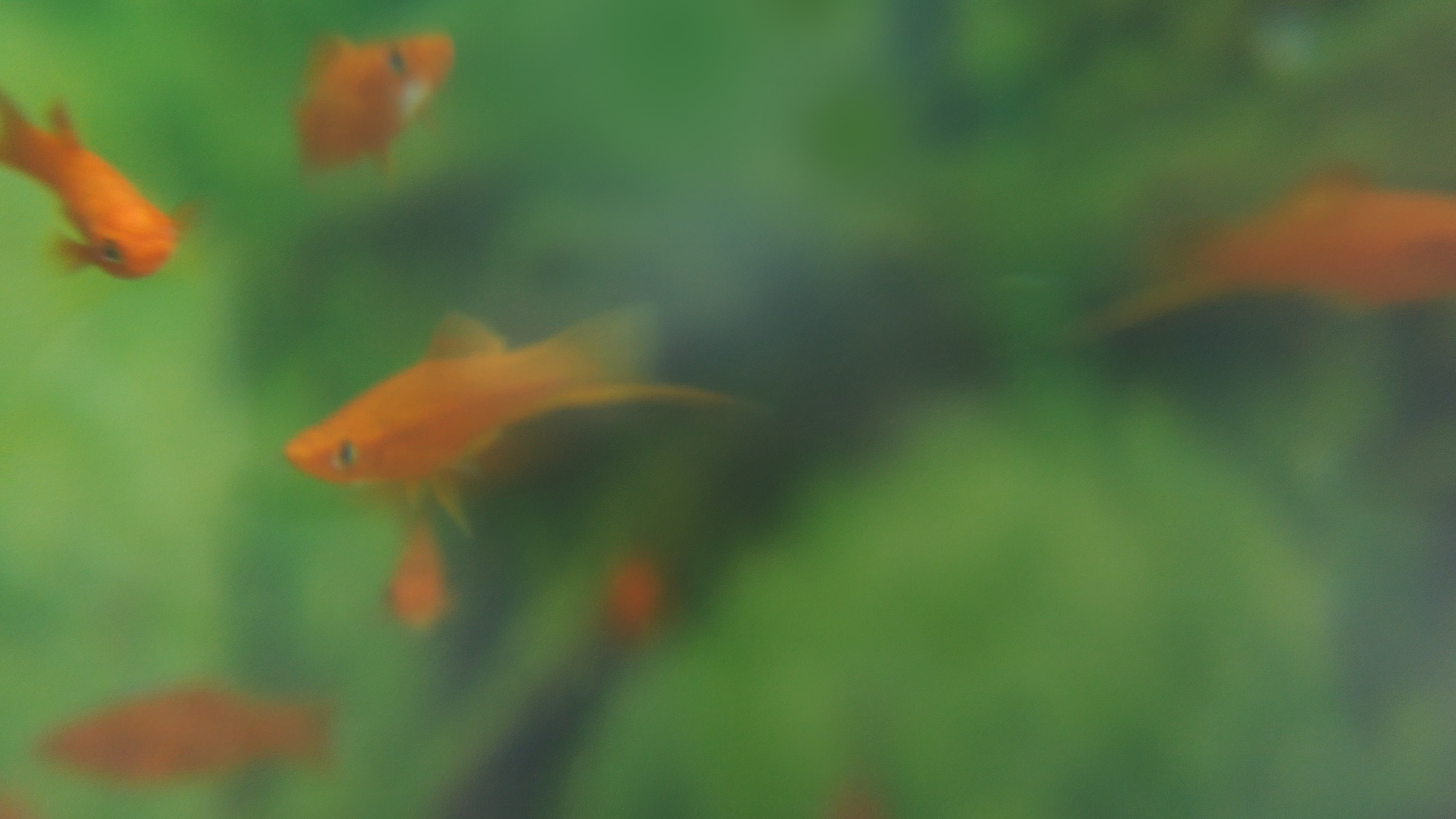
There was a quote and it went something along the lines of: “All the books I’ve read are like all the meals I’ve eaten, I won’t remember each one but all of them have made me”.
You can’t retain all that information—its overwhelming! Especially with Pinterest, it’s really bad. I have so many things that I love that I’ve got saved on there, but I never fully trace it back and I forget. I need to get better at retaining these names because it’s nice to have that fast access—everything is about fast access these days—but I need to pick up a book occasionally. That’s what I need to say to myself.
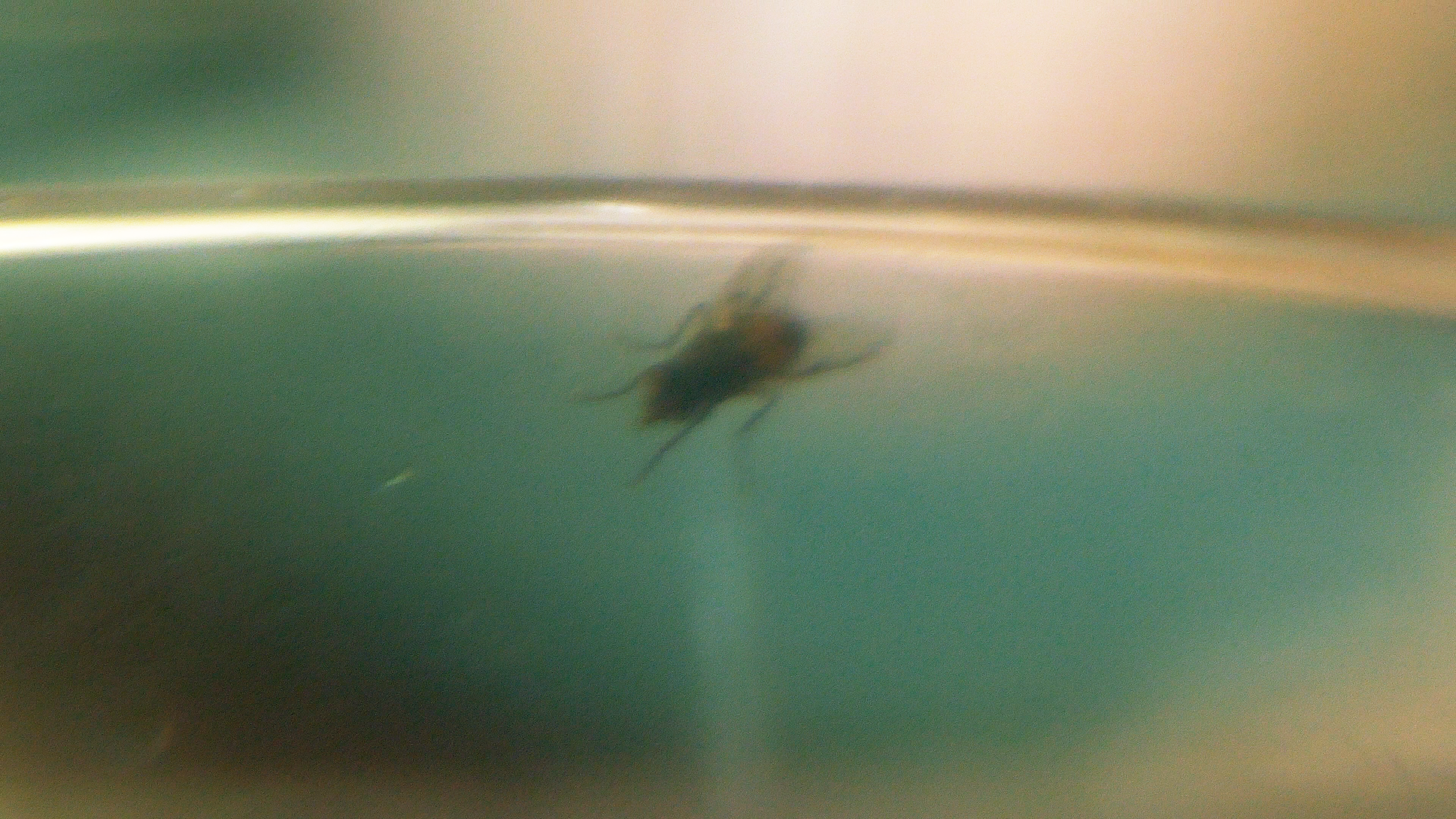
So, you’re working now with media you collected from your trip to Cuba—what exactly drew you to Cuba, and what really inspired you on your trip?
It was somewhere I’d thought about going for ages. I saved up some money and I was talking to my friend and I was like, “I’d love to go to Cuba” and she was like “Let’s do it!”—she’s one of those people. It was an amazing experience, really special. There are a few things that drew me to it. It’s so different from a lot of places. There’s a big African diaspora there, and it’s Spanish speaking. I’m trying to learn Spanish at the moment and having to speak Spanish every day improved me massively.
Going into the trip I was very aware that I was an outsider with a romanticised view, and with definitely a western gaze towards things. I was trying to be really careful about what I filmed and what I drew attention to. Not making Cuban people feel like a spectacle. I made an effort to have conversations with people; I would practise my Spanish and they were so patient and wanted to practise English, so it was a nice exchange.
It was quite a sobering trip. I do consider myself to be a privileged person—the fact I can travel and go to a place like that is an amazing thing. I never want to take that for granted because a lot of people in Cuba can’t actually leave. I made one friend who couldn’t even go to Havana, and that broke my heart because I was an outsider in his country and I had been to Havana and I’d seen all this stuff and he might never. It was sobering in that sense but also the people who I met and came across—many of whom I’m still in touch with—were so friendly and so welcoming. Again, going back to that theme of community and being inclusive, people were so warm. I knew going in I just had to be aware of my privilege in that situation.
The content I got was a lot of video of the people I met and the places I went to. My friend was so patient; every five minutes I would stop and film something like a cigarette packet on the floor, some petals, a trickle of water. I filmed it on a lot of SD cards. I’m really excited to work on that. I’m mulling over how much to share how much is too personal; not for me but for the people I filmed. That’s a big ethical issue; it’s something you have to think about as a creator. Especially when you’re filming or taking photographs. I’m working through that and I’m really excited to share some things.
Also, I’ve never seen so many people that look like me in one place. I had this really interesting engagement with people where I clearly was from somewhere else because I was carrying around a camera and a litre water bottle, and dressed a bit different—but I looked really familiar. They could tell that I wasn’t from there but there was this kind of heritage connection in that sense. It was another interesting dynamic. I hadn’t thought about how I would be received by looking like I could be from there. I’m a really curious person—I’m always looking around. I always stare too long in general. So it was this interesting idea of eyes: my gaze, their gaze, my curiosity, how I was received.
What’s the best way to keep up to date with your work?
Instagram is the main way. I’m trying to get more proactive with it. I’m trying to show more of my research on it as well, trying to make it more engaging. It’s a really important part of my process, all the issues that influence me and the visual material that influences me. That’s the main place right now to see my work.